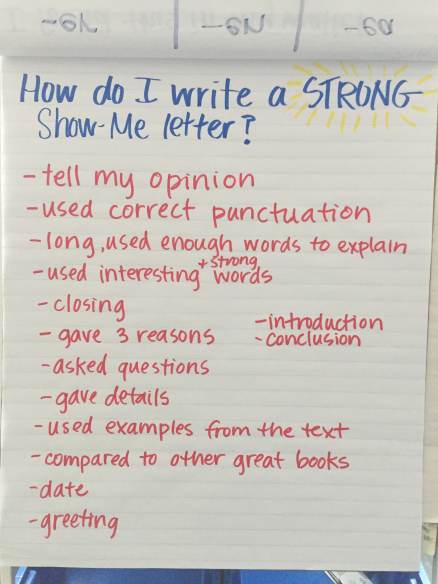The alphabet is a important feature in any first grade class. And with every primary class I’ve taught, I’ve had some version of the alphabet hanging in our room, ranging from kid-created with paper, kid-created with markers on card stock, and even back to my first year when I proudly hung the brand spanking new one I bought from Bradburns. There is also usually a smaller alphabet chart for use at tables when kids are writing on their own; this is usually also just a preprinted sheet that I got years ago from our reading teacher or that I found online.

As this year has started, though, it seems that I’ve been rethinking many of the things I’m choosing to do as I return to 1st grade again (after a year in 2nd with my looping class last year!). I am trying to be very mindful of the ways this class is different than my first graders even two years ago, tweaking things to work best for them as learners (instead of doing the same things in the same way as previous years). The alphabet is included in those things.
I know that there has been a connection to ABC books, or to how writers use letters/sounds or come conversations about the word wall (which also has letters on it), but for some reason I’ve never written about that part of our community building, nor do I remember specifically how I’ve presented it. Weird, right? Guess it wasn’t very meaningful or exciting to my kiddos, either. LOL
Well, luckily, since I was thinking about it differently (and perhaps more deeply), I remember what we did this year (ok, and it helps that we just did this the other day. HA!).
We started with a conversation around our Word Wall, which at this point just has our names on it as the only words. We met on the blue rug in front of the WW, and discussed the letters, the words they noticed, how they might use the word wall to help them with reading/writing, and then enjoyed some ABC books together:
Both of these texts are poems, and are funny and fun to read. Doreen Cronin is a favorite author of most kiddos, and Lisa Campbell Ernst is a favorite of mine. 🙂 Our classroom library has author boxes featuring both of these writers, as well, so the choices were meant to lead them to other books they might enjoy, too.
After we read, I explained that our work next would include them getting a letter, and then drawing any corresponding picture that starts with that letter on the bottom. Differently than usually, I allowed kiddos to check out the books we had read or any other ABC books in our room, as well, if they need inspiration. I’m not sure whey I’ve never provided that scaffold before; guess something about it seemed like I was stealing a struggle or giving them the answers. Actually, I think it allowed everyone an entry point into the activity, even those with a less developed knowledge of letters and sounds.
With all of the other changes/tweaks I’ve made this year, it made sense to me that our alphabet ended up being a little bit different than in previous years. Some of our letters had “traditional” sound/symbol match ups (like apple for A and ball for B), but some of them are completely unique to our Rm. 202 2016 alphabet, and that is super cool.
Did you check out the Q and Z? These are Star Wars related letters, because of a special ABC book we have in our box:

so Q and Z may not be something you’ve heard of before. Let me show you their inspiration pages:
Those made me laugh at first, and I even considered having them rethink them, because of how obscure the references were, but then I realized that this would be a great opportunity to embrace something that could be truly “ours.” Betcha there isn’t another first grade class around that has Queen Amidala and Zam on their alphabet!!
Then, this time I decided to take this whole “the-alphabet-is-special-to-us” idea one step further–I created our own table-top alphabet chart based on our wall version! It just made sense that the sound/symbol matches could be consistent and (at least in the beginning) take away confusion some kiddos might have as they try to use the system. I’m really excited at how it turned out!

Alphabet_chart
I don’t know yet how this will work with kiddos (I just finished making it!), but I’m excited to see how it goes, and to compare the usefulness of this tool with versions we’ve had in the past. Crossing my fingers that it works as well for Rm. 202 friends as I hope it will!








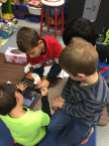




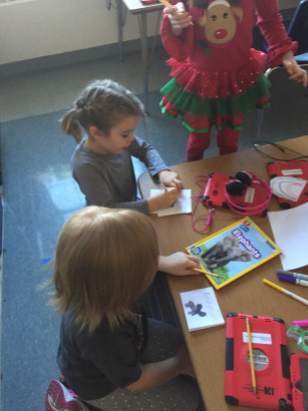























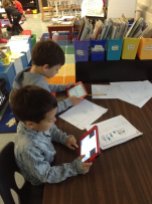






















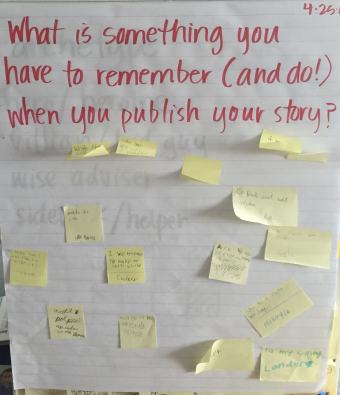
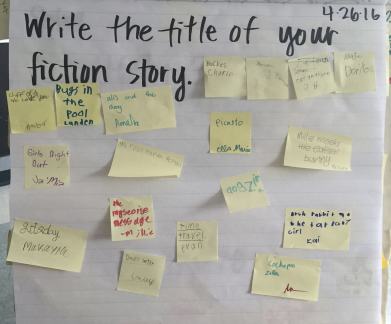






































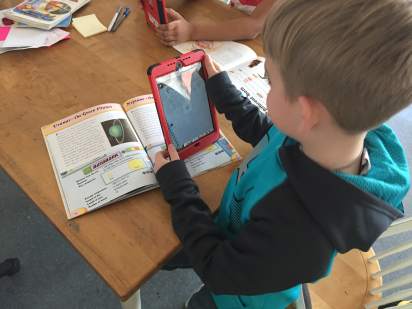


















 Australian Culture Book
Australian Culture Book





